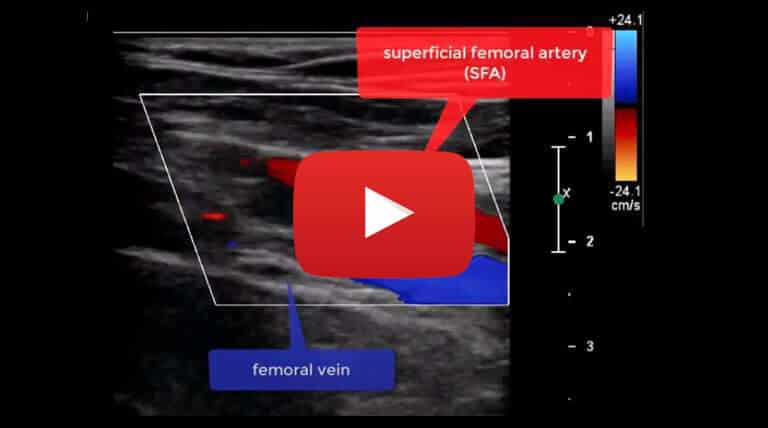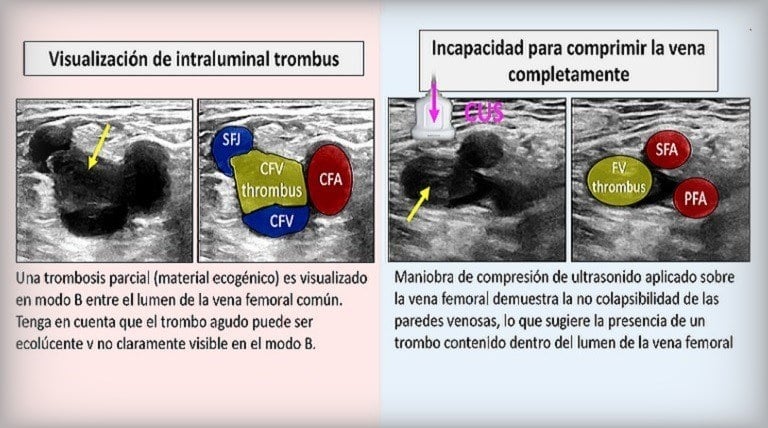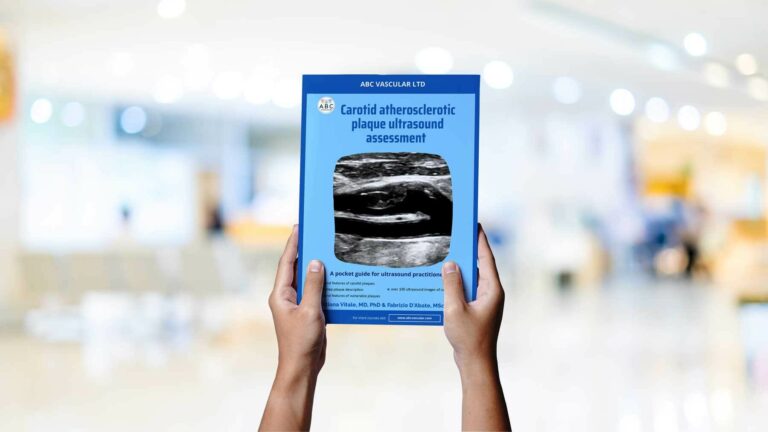
Chronic Occlusion of the Superficial Femoral Artery

Case study description: Short video on how to detect an occlusion of the superficial femoral artery
Video length: 3 mins
Audio: Yes, with voice-over explanation
This is a case of a 71-year old male patient reporting pain in the right leg when walking (short distance claudication).
The ultrasound assessment detected a segmental occlusion of the mid superficial femoral artery. The occlusion was defined chronic based on clinical presentation, presence of collaterals and ultrasound features of thrombus.
Collateral vessels serve as a natural bypass system and may reduce leg symptoms in people with lower extremity arterial disease (LEAD).
Occlusion of a major lower extremity artery is a primary stimulus to the enlargement of pre-existing collateral vessels. However, these collateral vessels typically do not restore lower extremity perfusion to normal.
Take home message: Ultrasound, alongside with clinical presentation, can help in confirming the clinical suspect and in characterising the occlusive disease of the peripheral arteries.














